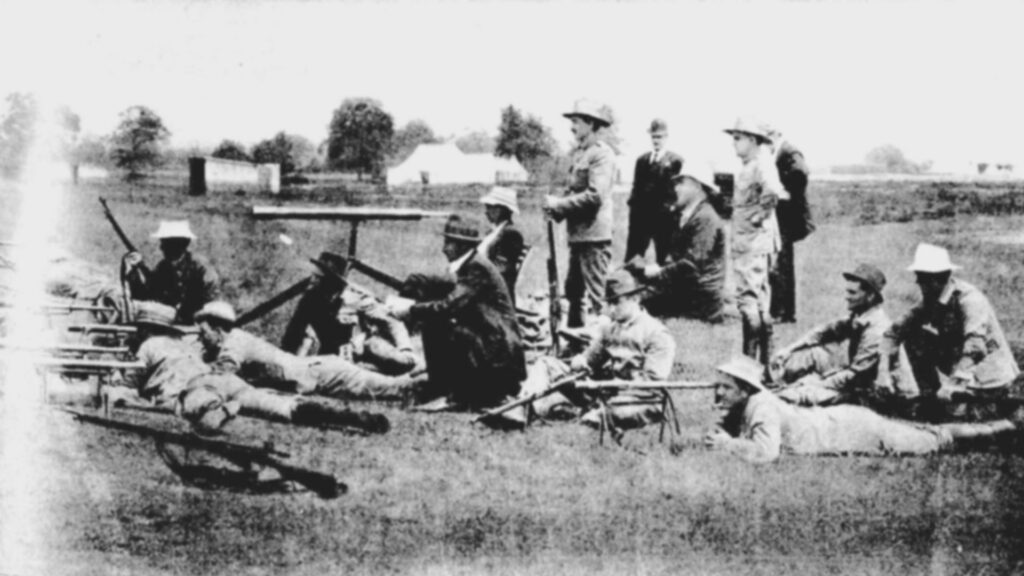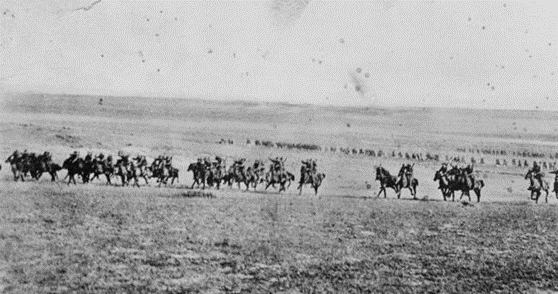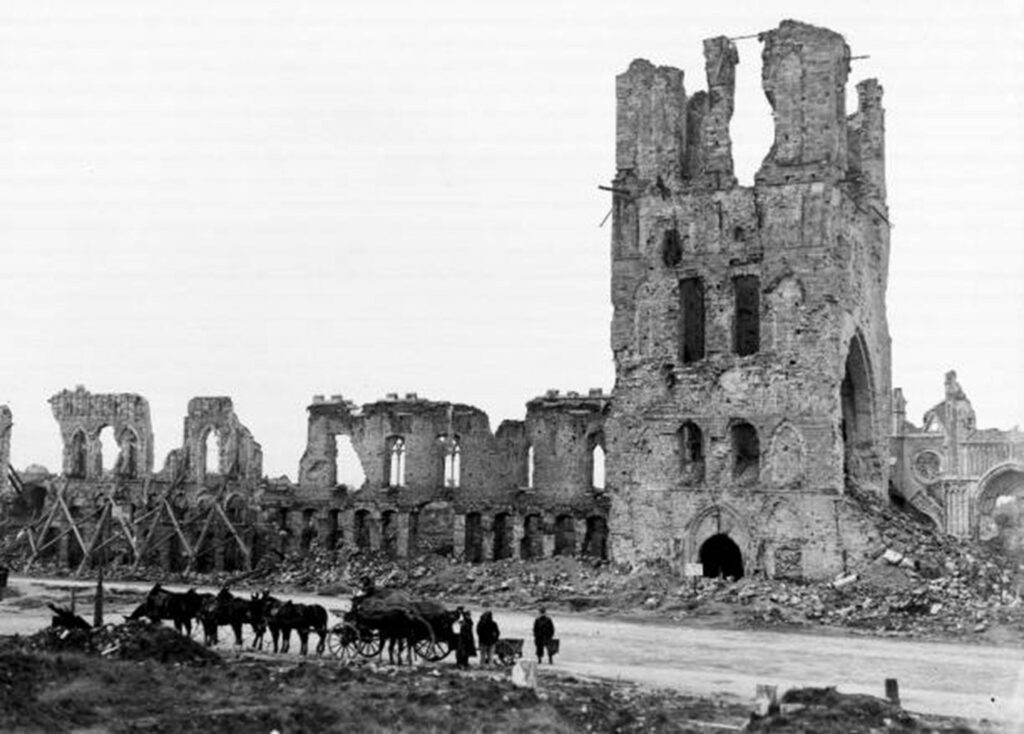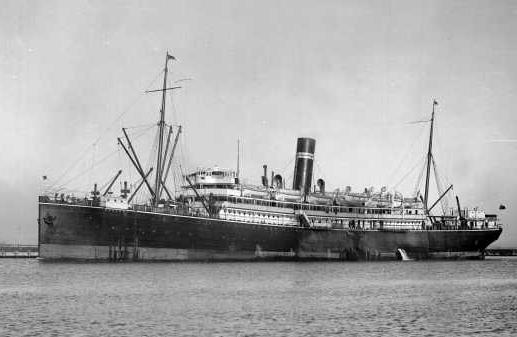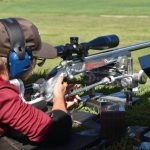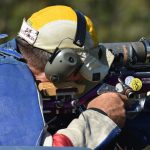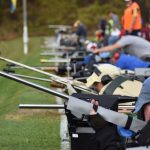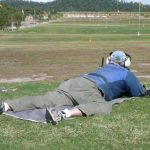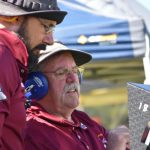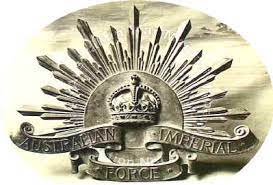
QRA ROLL OF HONOUR
RIFLE CLUB MEMBERS WHO MADE THE SUPREME SACRIFICE
We are currently migrating the QRA Roll of Honour to the ACWM website.
A primary purpose of the Armistice Memorial Centenary War Memorial (ACWM) is to commemorate the more than 500 Queensland riflemen who made the supreme sacrifice during WW1. The QRA Museum’s WW1 Honour Board records the names of many of these fallen soldiers.
In Their Honour
To date, 146 of these men are listed on the Honour Board, with more to be added through ongoing research. These were ordinary young Australians who did something extraordinary for King and country. Their efforts need to be remembered.
It is also important to recognise, not only the Queensland WWI riflemen who were lost in conflict, but also those from other conflicts and peace time contributions in which Queensland riflemen have played a part. This inclusive commemoration is reflected on the walls that flank the central circle of the ACWM, where all major campaigns and peace time efforts are represented through the addition of 12 plaques.
It is important to hear the stories behind these names on the Honour Board for WWI and other conflicts and peacetime operations.
We will continue to honour these riflemen at our ongoing ANZAC Day and Remembrance Day Commemoration Services.
The Gallipoli Campaign
Early on the morning of 25 April 1915, Allied forces landed on the Gallipoli peninsula in Ottoman Türkiye. The British Army landed at Cape Helles. Troops of the Australian and New Zealand Army Corps (ANZAC) landed north of Gaba Tepe (Kabatepe) headland, on a beach later called ‘Anzac Cove’. French troops landed in a feint at Kum Kale on the Dardanelles Asian shore before moving to the Helles sector on Gallipoli.
Ferocious Turkish resistance resulted in protracted trench warfare through the forbidding scrubby slopes and ravines. Fighting in the landings and early battles resulted in heavy casualties on both sides.
The unhygienic conditions for soldiers on Gallipoli caused serious illnesses. As the campaign moved into summer, more men were evacuated because of illness than wounds sustained during the conflict.
Reference – https://anzacportal.dva.gov.au/wars-and-missions/ww1/where-australians-served/gallipoli#5
The Middle East
Most of the Australian Imperial Force (AIF) went to France in 1916 after the Gallipoli Campaign. But the mounted units remained in Egypt to continue the fight against the Ottoman Army. The Ottoman threat to the Suez Canal ended with the Allied victory at Romani in August 1916. Then the Australians and other units in the Egyptian Expeditionary Force (EEF) advanced into Ottoman territory. In 1917, the troops entered Palestine. In 1918, the EEF advanced into modern-day Jordan and Syria. The campaign ended on 31 October 1918, a few weeks after the capture of Damascus.
Egypt was a very important for the AIF during WWi for two main reasons. Many training camps were set up in Egypt for rapidly recruited troops before they were moved into active duty at Gallipoli. It also became important for troops to be sent there after leaving Gallipoli either for medical treatment or for leave before going to the Western Front.
The Western Front
World War I became known as the ‘Great War’, the ‘war to end all wars’. The most important battleground was the Western Front, in Belgium and France.
After the Gallipoli Campaign, Australian soldiers and airmen fought in each of the major British campaigns on the Western Front. Many battles became household names in Australia: Fromelles, the Somme, Bullecourt, Messines, Passchendaele, Villers-Bretonneux, Hamel, Amiens and Mont St Quentin.
Over 295,000 Australians served on the Western Front between March 1916 and November 1918. Of those service men and women, 46,000 lost their lives and over 130,000 were wounded. Battle conditions were so dire that more than 18,000 of the fallen had no known grave.
The Kanowna – Australia’s First Involvement in WWI
When war was declared in Australia on August 5, 1914, the most immediate military threats lay to Australia’s north in German New Guinea and on Thursday Island in the Torres Strait. The Germans had wireless radio stations located on islands in the Pacific, allowing for direct contact with its powerful naval fleet and their nation’s capital, Berlin. Breaking the strategic communications network was critical, as was defending Australian territory.
The Australian Naval and Military Expeditionary Force (ANMEF) was formed in Sydney to take down German wireless radio stations in the South Pacific. A 1500-strong “Tropical Force Troop” from Sydney headed straight for German New Guinea.
Quick Links
Our Location
Belmont Shooting Complex
- 1485 Old Cleveland Road, Belmont Qld, 4153
- PO Box 38, CARINA QLD 4152
- 07 3398 4309
- qra@qldrifle.com
- Duncan Range Standing Orders - Refer to the office
- GIVEITASHOT & FSC registration is via RevolutioniseSport management
Quick Links
About Us
The Queensland Rifle Association fosters target rifle shooting and firearms training through our clubs. Different classes of rifle shooting are conducted by our Clubs under the Standard Shooting Rules (SSRs) of the National Rifle Association of Australia (NRAA).
NRAA Quicklinks
Our Location
Belmont Shooting Complex
- 1485 Old Cleveland Road, Belmont Qld, 4153
- PO Box 38, CARINA QLD 4152
- 07 3398 4309
- qra@qldrifle.com
- Duncan Range Standing Orders - Refer to the office
- GIVEITASHOT & FSC registration is via RevolutioniseSport management
